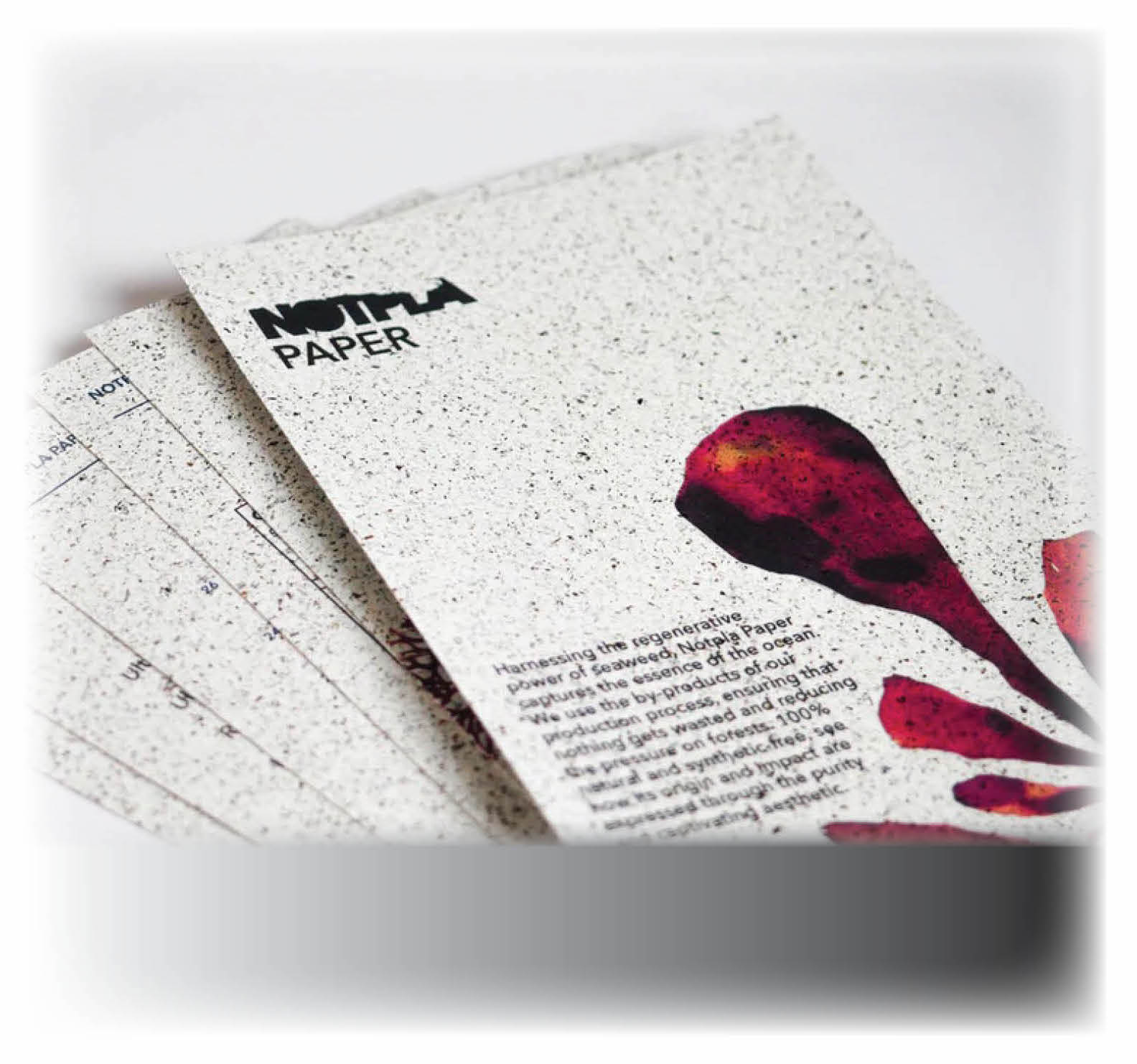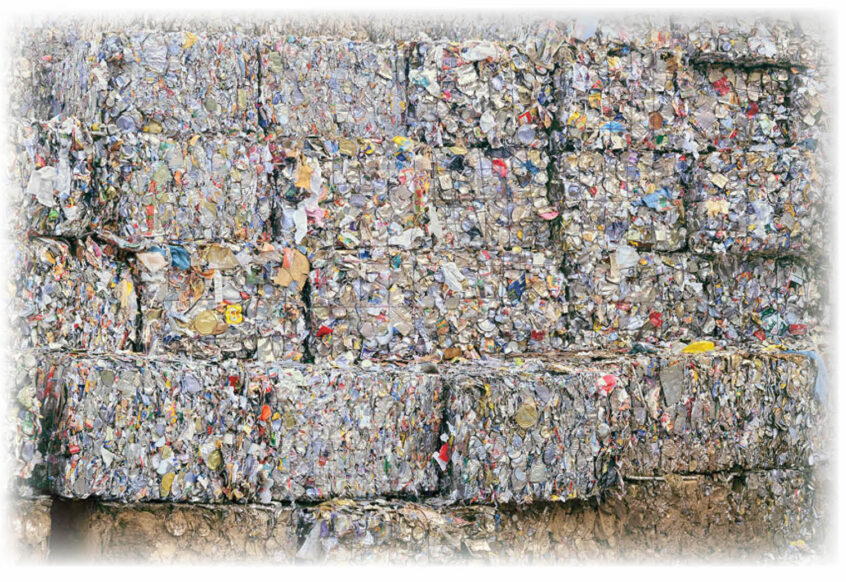Recycling Yard 1, Seattle, 2003, by Chris Jordan
Every year, an average of 10 million tonnes of these synthetic materials end up
at the bottom of the ocean. At the current rate, by 2050 the mass of these polymers
in the ocean is expected to be 750 million tonnes, an amount greater than
the mass of all of fish! ~ Vincent Doumeizel, UN
I distinctly remember a conversation with friends some decades ago where the subject was about the value of recycling (or not). It was at the height of my initial foray into global sustainability. At some point, with a measure of boldness, I made my opinion known. I said something like, “Recycling is bogus! Its greatest value is that it assuages our guilt by making us believe we are doing something helpful when we ‘recycle.’ And we’re led to feel guilty if we don’t. The problem is upstream. We need to stop making single-use plastic in the first place.”
Some of you may remember a time when we truly recycled. Our parents put the empty milk bottles out for the milkman to take when leaving fresh milk. And we returned beer bottles to the store where we bought them. That’s recycling! .
According to Vincent Doumeizel, Senior Advisor on Oceans & Food for the United Nations Global Compact: “In the last 20 years, the world has consumed more plastic than in the previous 50 years. According to the United Nations Environment Programme, less than 10% of the 8 billion tonnes of plastic produced (about 1 tonne per person!) since the 1950s has been recycled. We are expected to produce another 600 million tonnes per year by 2025, so we need to act now to reverse the trend.”
Enter one of the five winners of the 2022 Earthshot Prize. Their company name is NOTPLA which is an abbreviation for not plastic. Here’s a wonderful one-minute video that opens their website and shows some of their products using percussion instruments rather than narration.
Their website tells their story this way: “Global awareness of the plastic packaging problem has reached record levels in recent years and the search for a true sustainable alternative is ongoing. Could the solution lie in the seas? London-based start-up NOTPLA, founded by Pierre Paslier and Rodrigo Garcia Gonzalez, believe so.” They met on the Innovation design engineering masters at Imperial College London. Their course was all about coming up with new ways of solving problems. They have my gratitude.
“Just 9% of all the plastic ever produced has been recycled and 12% has been incinerated. The rest lies in landfills or has been dumped into the oceans. NOTPLA is an alternative to plastic made from seaweed and plants. It is always totally natural and entirely biodegradable, and can be used to create a range of packaging products, such as a bubble to hold liquids, a coating for food containers, and a paper for the cosmetic and fashion industry.”
“Fourteen million tonnes of plastic enter our oceans each year. We founded NOTPLA when we discovered the solution lies in our oceans too. We are already replacing the plastic that plagues our seas, and working with seaweed farms that give back to the environment and the local economy.
As for their seaweed products, they make:
- Small pillows that hold water. Just swallow! An edible bubble is designed to replace single-use plastic packaging for liquids.
- Pipettes that hold any liquids like salad dressing and condiments.
- Take-out containers coated with seaweed so that they are intended to biodegrade quickly and completely. Their solution mimics nature and is an effective alternative to the typical plastic coating.
- Paper, transforming an otherwise wasted resource. “As we extract the gelatinous part of seaweed, what’s left behind are fibres and biomass that can be turned into paper, enabling a new circular way of using the entire seaweed.”
NOTPLA’s tagline is “We make packaging disappear.”
NOTPLA paper is natural, beautiful, practical, and replaces paper recycling.


